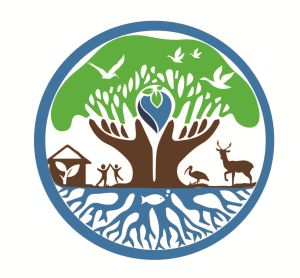
Social networks are critical to the success of behavioral interventions in conservation because network processes such as information flows and social influence can enable behavior change to spread beyond a targeted group. We investigated these mechanisms in the context of a social marketing campaign to promote a wildlife poisoning hotline in Cambodia. With questionnaire surveys we measured a social network and knowledge and constructs from the theory of planned behavior at 3 points over 6 months. The intervention initially targeted ∼11% (of 365) of the village, but after 6 months ∼40% of the population was knowledgeable about the campaign. The likelihood of being knowledgeable nearly doubled with each additional knowledgeable household member. In the short term, there was also a modest, but widespread improvement in proconservation behavioral intentions, but this did not persist after 6 months. Estimates from stochastic actor-oriented models suggested that the influences of social peers, rather than knowledge, were driving changes in intention and contributed to the failure to change behavioral intention in the long term, despite lasting changes in attitudes and perceived norms. Our results point to the importance of accounting for the interaction between networks and behavior when designing conservation interventions.
https://conbio.onlinelibrary.wiley.com/doi/full/10.1111/cobi.13833
